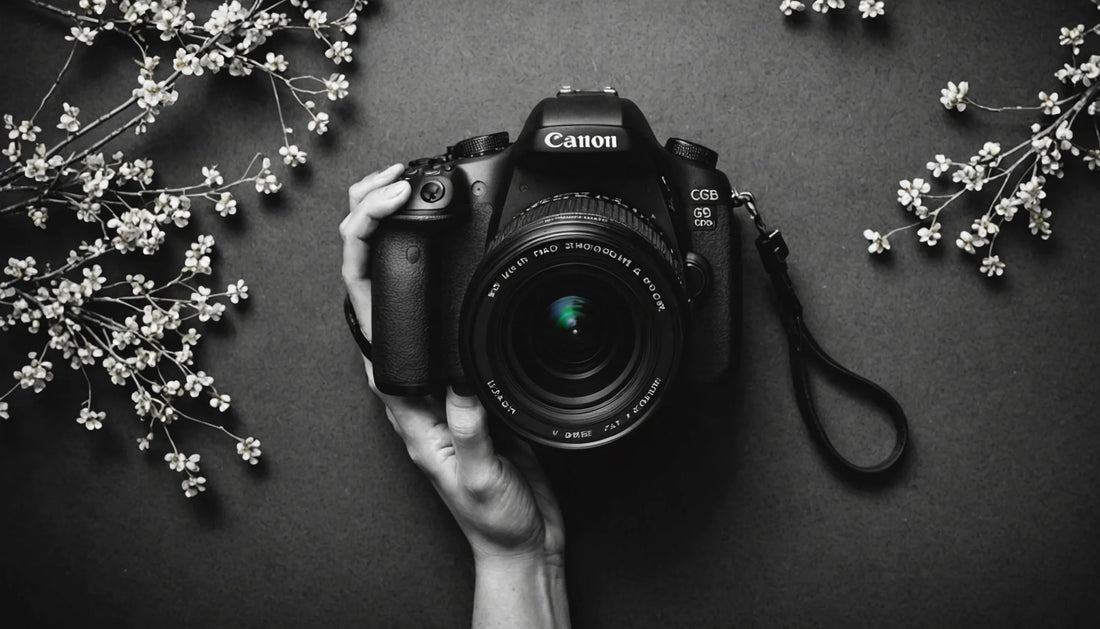Creative photography is a wide open field for all people. Honestly speaking, there’s no straightforward definition of the term, as a good number of people think of a creative photo as something that’s both abstract and out of focus. Others simply think the term “creative” is just a fun way to praise an overall bad photo. But what would be the next best thing that can define creative photography for us? Some artists think of creative photography as something that contains extra elements which are used to improve the original version of the photo in a creative way.
If you noticed, that definition has two very important aspects which make a big difference between a creative photo and an everyday photo:
Extra Elements, which are mainly outside of the regular process of taking a photo, and have plenty of space for interpretation. Creative minds always include some simplistic kind of workflow in photos, and they can be as simple or as complex as you’d like. The main goal is to simply get only the best out of a single photo.
Intent, or the intentional use of extra elements. When taking photos, photographers always lack that extra creativity. This is why getting good camera exposure will never make a photo look or feel creative. But the intentional underexposing with a goal of getting a darker image does add an extra touch of creativity.
When capturing a well exposed image of anything, no artist will consider it as a creative sample. If you’re asking yourself why, you should know that it’s because nothing outside of your normal photography workflow was used to take the image. As good as your location, lighting, timing, and all other real life factors are, you just can’t bring out the colors and other details of an image without good post-processing skills.
Once you compare a non-stylized photo with something taken under harsh light, a shallow depth of field (DOF), and the rule of the thirds, you can create an image that will get your audience to dream about whatever your image showcases. With that approach to photography, not all artists will admit that your work has a creative touch, but when you take the definition highlighted above, the extra elements and the intent can be nature itself.
Of course people will always differentiate creative and non-creative photography, but just like art, there is no pattern that will direct you in any way whatsoever. There’s no definitive answer to what makes a photographer creative, because unlike the technical side of photography, which has a clearly defined workflow, the creative part doesn’t have it. That’s the more challenging and exciting part in creative photography, and that is also why people think of learning photography as something they spend their whole lives on. Even though you can grasp knowledge of the technical side of photography, it’s the creative side that will demand you to always look for new ways of accomplishing your goals.
The unfortunate thing is that almost nobody can ever give you a straightforward workflow on creativity. The only two things you can work on are careful observation and thinking outside of the box. These two methods are absolutely mandatory for capturing creative photos.
The best practices for capturing an image ready for a creative touch include improving the frame’s composition by removing all elements around it that are distracting to the eye (such as trees or buildings). The end result will, of course, look dull and boring, even though there are no technical errors on the image. It can take as little as a sea wave to make a picture look stunning, and it’s a completely natural occurrence.





